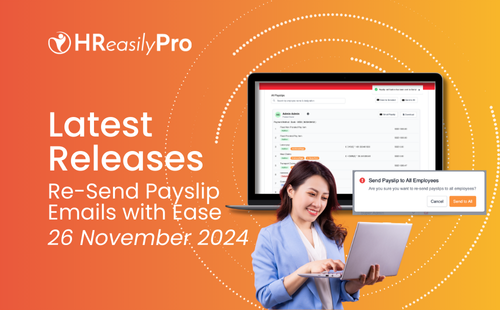
There is an unprecedented impact on the way we live our work lives, as opposed to a time where we clearly have a 9am – 6pm worklife. Your office is now your home, and not a place of sanctuary. With the circuit breaker lock-downs, a majority of employees and business owners are now finding that they are required to be on conferencing calls for at least 6 to 9 hours a day. The question is whether they get enough time to do the actual work after a video conference?
How we schedule time between our personal versus our work lives is likely to bear a medium to long term impact if we do not try to make a hard-stop to WFH. Surely everyone is able to persist for 8 weeks with 100% online collaboration and working remotely. However, the madness has to end somewhere. As employers, we do have a responsibility to ensure employees safety and care throughout the times of business continuity – and this means making sure that employees are satisfied and taken care of when they work remotely.
Here are some tips on how to ensure that employers provide the right channels for employee feedback. Self-proclaimed workaholics may not mind being “always-on”, but how many of us can continue with this without risking WFH burnout?
’Tis the season for leaving — for the holidays!
Provide a platform for employees to feedback.
All businesses have important key performance indices. It is also undeniable that every company‘s performance KPI is taken care of by those who devote their time and energy to assist towards those KPIs. Getting feedback from each one of them will take a business far in terms of understanding how your business continuity plans are operating – in real time.
Finding out how employees really feel about working from home, is an important step to decide what to do after a lock-down ends. Do you allow the entire organization to physically return to the office? Or do you stagger? Or do you continue working from home for a few more weeks? Feedback allows you to determine if you should carry out partial work from home, versus going back to full-time work in the office. If your organization or business allows you to work remotely most of the time, then you are luckier than most. However, you need to understand what your employees’ thoughts and preferences are, before making a decision on how to proceed.
Business leaders can and should ideally be equipped with meaningful insights in order to take the proper course of action.
Analyzing all data captured.
Are you able to collect and analyze both structured and unstructured feedback from employees? Structured feedback could take the forms of feedback forms, employee evaluation, formal feedback emails from subordinates to managers, or feedback from managers to subordinates on work performance. The problem can be a complex one, when trying to maximise performance from staff who clearly require more facetime and dynamic feedback to better their performance. Unstructured feedback can take the form of casual remarks made on zoom calls, and comments made in between colleagues. Have you equipped your organization with the tools to allow for anonymous feedback that helps you collate unstructured feedback that employees are afraid to sound out?
Given the current state of change and uncertainty, a well-run business is required to make data-backed decisions that they can trust. By facilitating fast and simple conversations, this equips business leaders with the right insights to rapidly take action. Is your organization equipped with the right tools and feedback mechanisms to capture such structured and unstructured feedback from employees on the fly? If not, how will you go about changing your business processes and HR processes in order to collect feedback in real time?
As a business, we have a calling to effectively manage the workforce and improve everyone’s experiences so that employees feel safe, happy, and empowered to perform their best – regardless of whether it is work from home or in the office.








